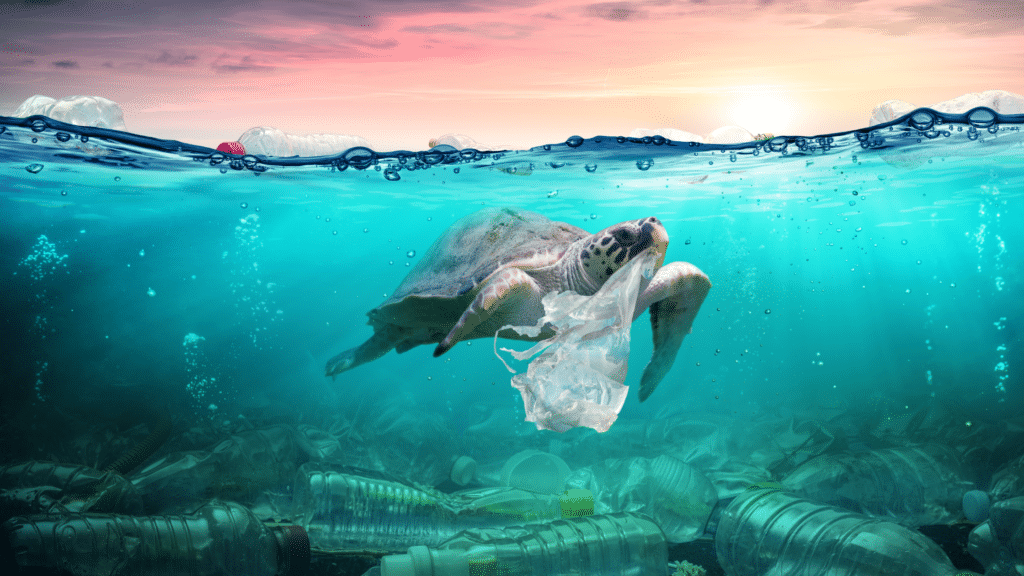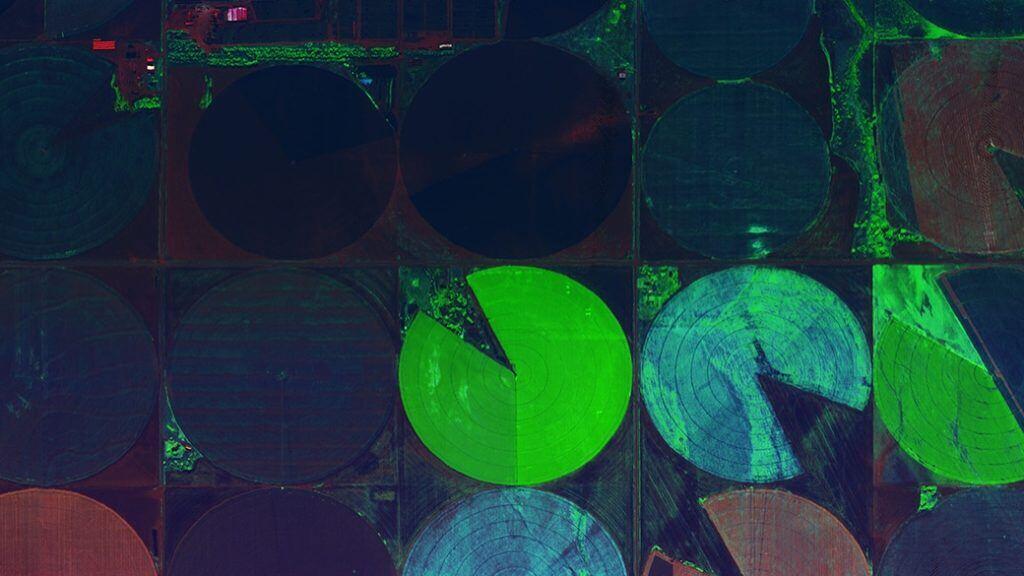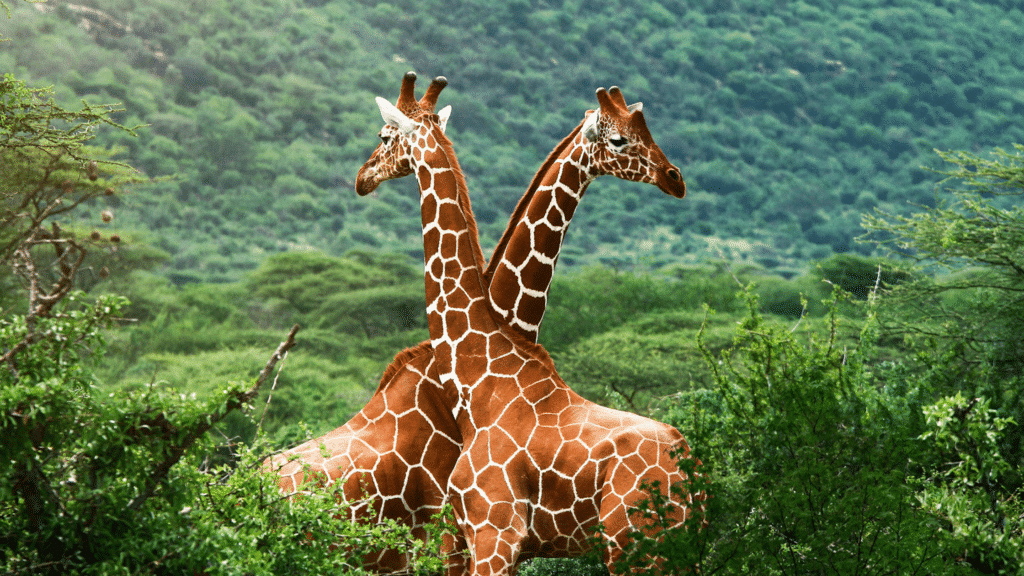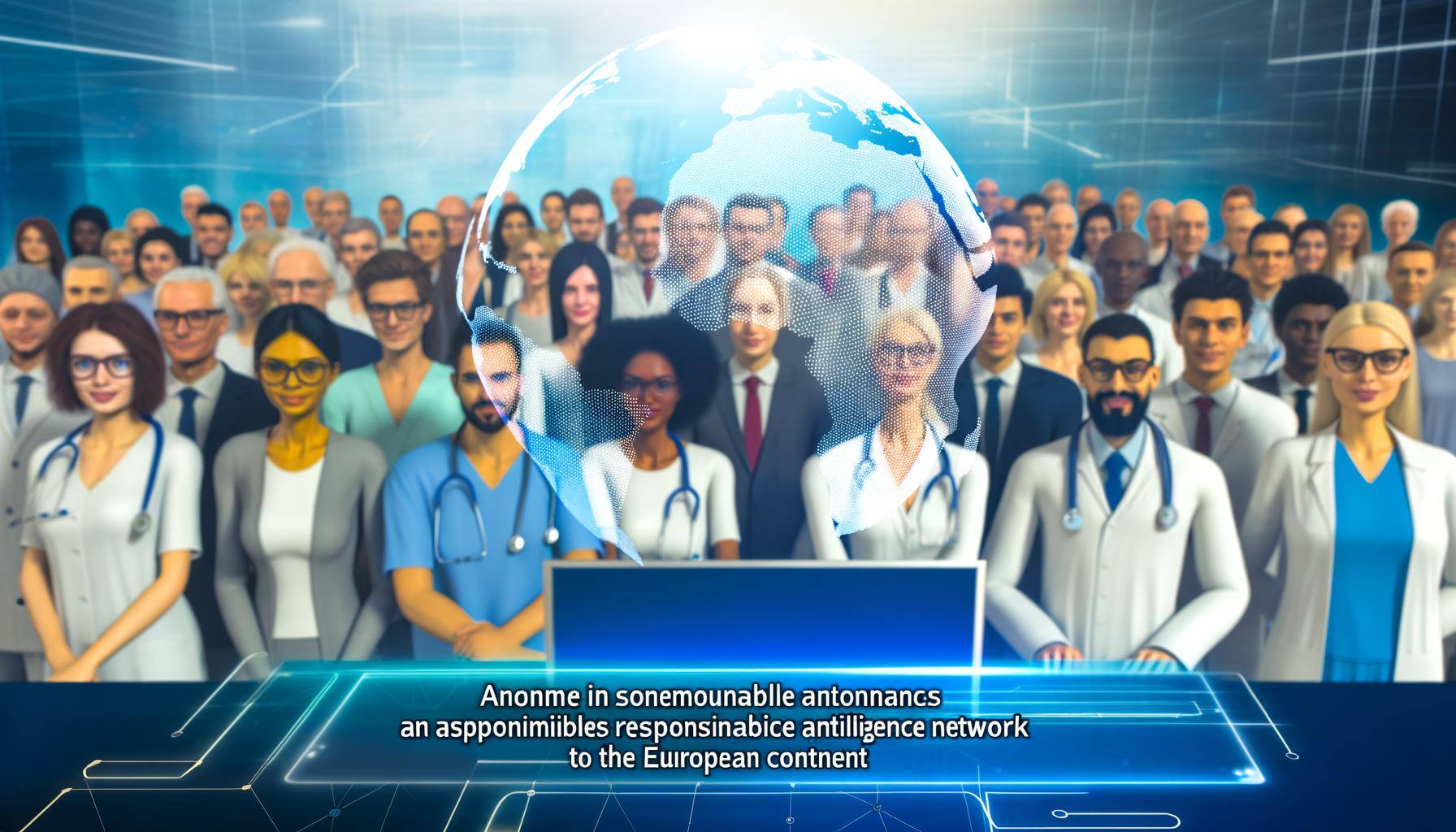How Artificial Intelligence is Saving the Earth
It's no secret that we need to take better care of the Earth. There are currently 150 million metric tons of plastic in the ocean. Humans have caused 322 animal extinctions over the past 500 years. And about 17 percent of the Amazonian rainforest has been destroyed over the past 50 years due to deforestation. When it comes to the damage we've caused, the list gets pretty lengthy. Thankfully, Artificial Intelligence is saving the Earth, one project at a time. Let's take a look at just a few of the incredible AI technologies that are not only helping us reverse some of the damage we've done, but giving us more sustainable solutions for the future.
Ocean Cleanup

The organization Ocean Cleanup is passionate about making our oceans and rivers clean again by removing plastics via machine learning technology. In order to locate plastic debris, Ocean Cleanup uses bridge-mounted cameras to photograph floating objects and identify plastics. A large unit collects plastic and debris as the camera spots it. An algorithm runs simulations to show how these cleanup systems move through the ocean. The Ocean Cleanup plans to combine these two systems at scale to reduce ocean plastic by 90% by 2040. They name this project "the largest clean-up in history."
Breeze Technologies

Breeze Technologies is an organization that deploys its own low-cost air quality sensors that detect common air pollutants. These sensors gather real-time air quality data and send it to the cloud. In Microsoft Azure, AI and trained machine learning algorithms generate hyperlocal air quality maps. Using cloud calibration technology, the sensors reassess every 30 seconds in order to ensure the collected data is accurate. Then, using the localized maps, these AI technologies recommend the most efficient solutions for that particular air quality challenge with a catalog of over 3,500 different clean air actions.
Wild Me

Wild Me is taking a firm stand against animal extinction. They use computer vision and deep learning algorithms to create a platform called Wildbook, which scans millions of crowdsourced wildlife images at scale. Wildbook can then identify the species as well as the individual animal, and the public can follow the movements of their favorite animals. This is not only educational for public users of the app, but scientists that are looking to help make better conservation decisions. Microsoft is supporting the organization by hosting Wildbook on Azure and making Wild Me’s open-source algorithms available as APIs.
Cloud Agronomics

Cloud Agronomics is paving the way for farmers to gain insights into their crops and soil via the use of remote-sensing technology. Aircraft with hyperspectral imaging collect data on soil, disease activity, and crop performance. Local and satellite data are used to create a global geospatial dataset. AI extracts insights and real-time carbon monitoring. Farmers are able to track things like agri-data, including crop analytics, weather data, GIS, and ecological indicators. This new technology is pioneering the way for proactive analytics to power greenhouse gas emissions and create sustainable food production.
eMammal

eMammal is an Azure-based platform that stores and organizes images from citizen-run camera traps while learning more about the world’s land mammals. Anyone can take photos and upload them to the app where the photos are then tagged and organized by species type. eMammal uses Machine Learning to categorize the extensive library of photos collected. With these photos, wildlife researchers and organizations are able to get a glimpse into wildlife populations and further answer critical questions about animal behavior, reproduction, ecology, genetics, migration, and conservation sustainability.
See a few more examples of how innovative technology can help animals here.
Final Thoughts
These are just a few examples of how Artificial Intelligence is saving the Earth. It's going to take many years to reverse the damage we have caused to the planet, but knowing that Artificial Intelligence is helping us get back to a more sustainable, clean, and efficient way of living, gives us hope. If we've learned anything, small changes in behaviors and habits really do help us move in the right direction, whether it's on an individual or organizational level. If you're looking to start somewhere, here are some work and technology habits that are more sustainable for the environment. Finally, learn more about how we can help your organization work toward environmental sustainability.
For another inspiring AI application, see our article on machine learning and music therapy.
Stay connected. Join the Infused Innovations email list!
Share this
You May Also Like
These Related Posts

Unleashing the Power of Answer Engines for Business Success

The Cutting-Edge Advantage: Planning Your AI Adoption for 2024

No Comments Yet
Let us know what you think